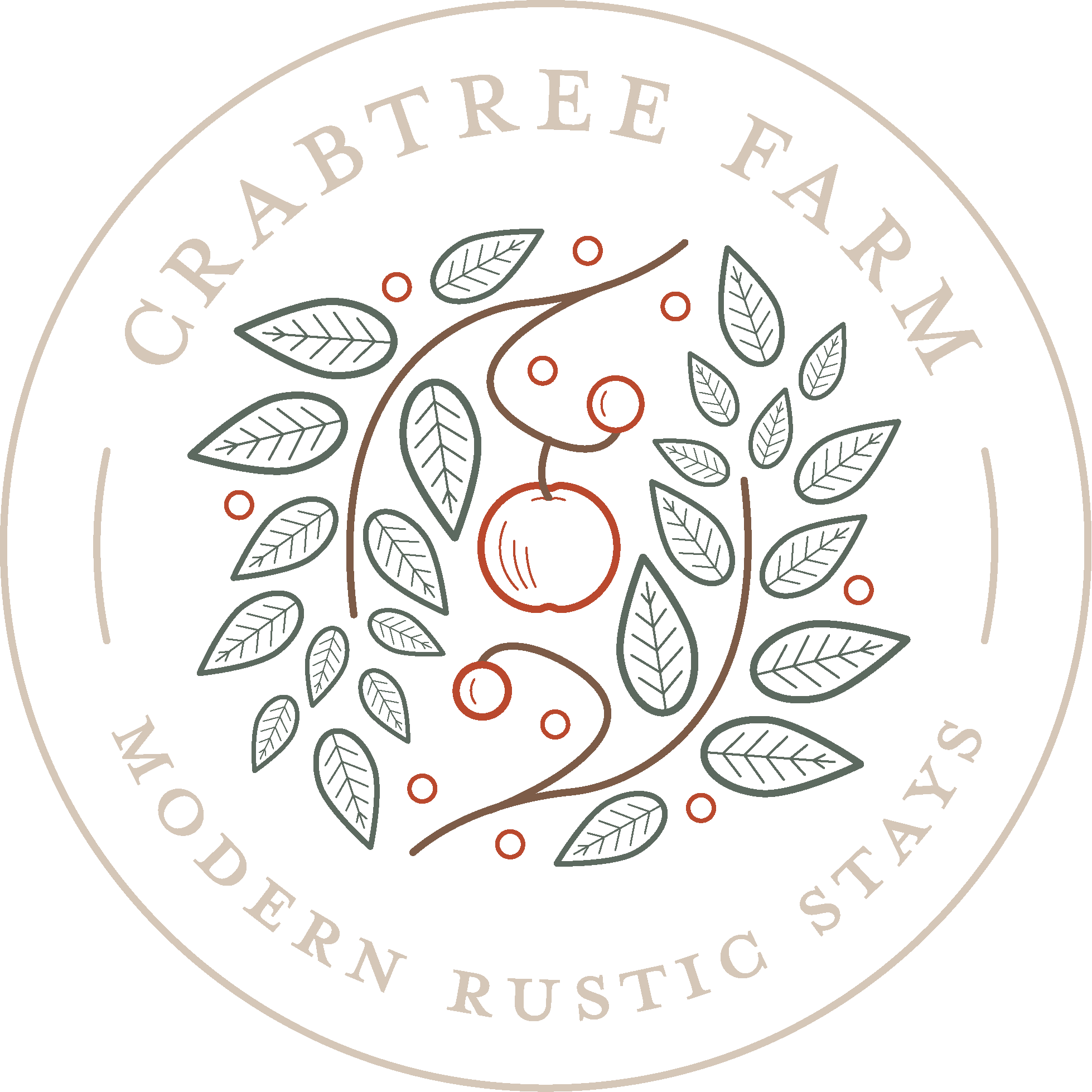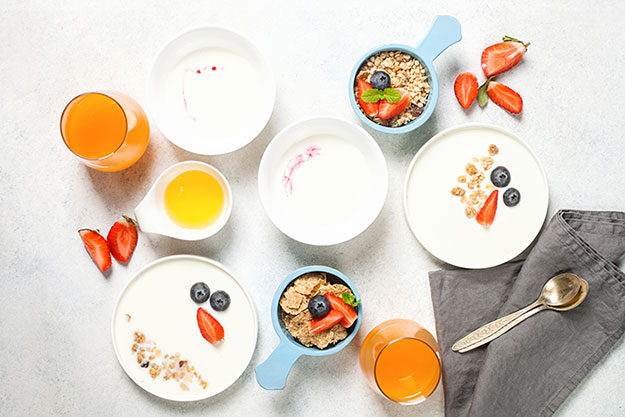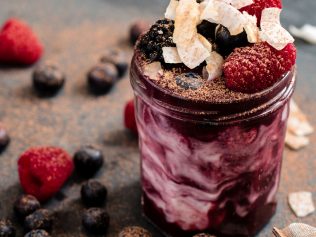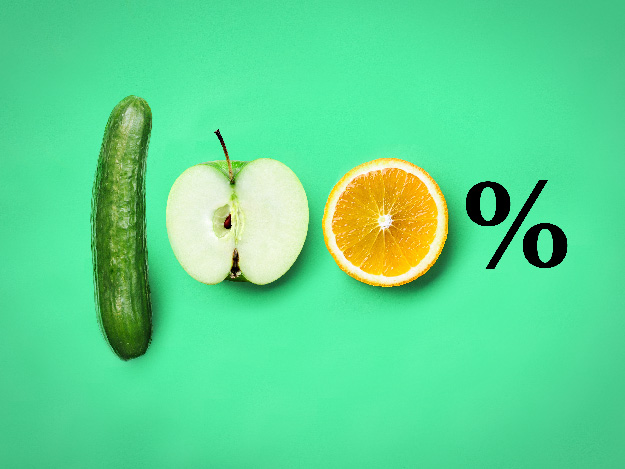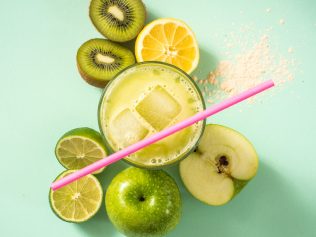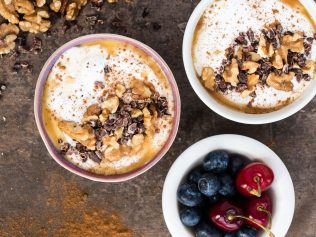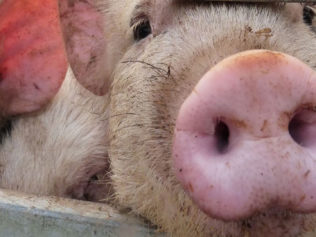juice it up
Food Features
To juice or not to juice? It's no substitute for fresh fruit and veggies, but this is a great way to get some extra plant-based goodness into your families diet.
Here are some tips and recipes for the whole family to enjoy.
by Crabtree Farm
